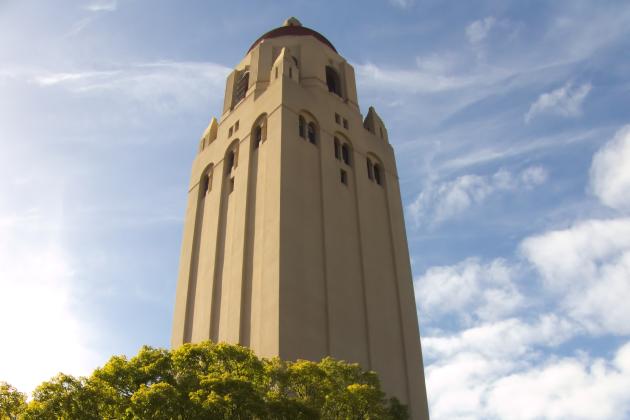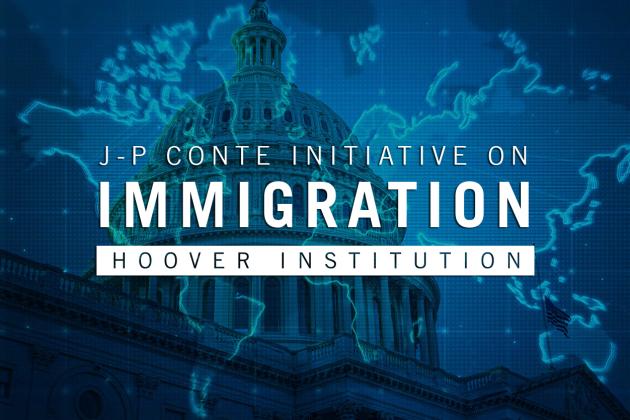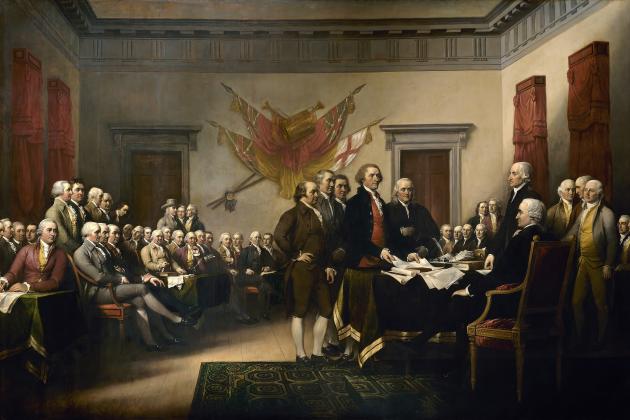PARTICIPANTS
Stephen Haber, Elizabeth Cobbs, John Cochrane, Tom Gilligan, Bob Hall, Rick Hanushek, Dan Kessler, David Mulford, George Shultz, Richard Sousa, John Taylor, Arturas Rozenas.
ISSUES DISCUSSED
Stephen Haber, Peter and Helen Bing Senior Fellow at the Hoover Institution and the A.A. and Jeanne Welch Milligan Professor in the School of Humanities and Sciences at Stanford University, discussed “The Ecological Origins of Economic and Political Systems.”
Haber’s central question: Why do levels of democracy and per capita income cluster geographically? He presented a map showing how democracies vs autocracies cluster and also by latitudes, and a similar clustering of per capita GDP.
Why do we care? Among other questions, the impact of foreign aid, nation building, democracy promotion and other policies vary based on institutional ecology. If they cluster we should understand why, and why changing it may be harder.
Why do democracy and income cluster? The question has been with us since Aristotle. Since there are so many inter-related causes, Haber is looking for a theory based on exogenous factors.
The idea: create a model of the world in 1800. Study the economic hinterland of every city in 1800, as measured by 1800 transactions costs. People can transport either by wagon or a keelboat transport things. The situation in 1800 is where the legal and economic institutions come from — US laws come from the east coast, not Arizona.
Then in each hinterland, look at the best economic strategy, in particular for providing for food scarcity and uncertainty. Haber showed a graph of the hinterlands of New York, Paris, Mexico City, Kinshasa and Beijing. Using GIS techniques, Haber and coauthors figure out how many storable calories each hinterland can produce using 1800 technology, and how well they can store them. Then, they look at the frequency and severity of droughts that wipe out agriculture. They also look at the labor effort lost to endemic malaria. This is a very computationally intensive project, which produced a wealth of gorgeous maps at the seminar.
For example, Kinshasa has a large hinterland, but it’s not very productive. New York has a very productive hinterland. Grain storage varies too. Kinshasa has poor storage, New York medium, and Beijing very good because it’s so dry. On malaria, Kinshasa comes out very badly. On droughts, cities vary again, with Beijing most affected, and New York and Kinshasa least.
Core finding 1 and 2: Haber showed a graph with storable grain calories on the x axis and the drought frequency on the Y axis, separately for high and low malaria countries. There are no malaria democracies. In non-malaria places, democracies cluster where there is more storable output and less drought.
These measures explain about 25% of the level of democracy today and 50% of GDP per capita today.
Core finding 3: these geography and climate effects do not explain the distribution of income across countries in 1800. This is not about the persistence of GDP.
The central finding is that geography and climate produce different institutional structures, and these were more or less adapted to events that happened after 1800. Climate and geography affect the emergent institutions of economic growth.
The same pattern emerges in British colonies and in Europe in the 1930s. So it’s not just an England invented rule of law story.
The main idea is that places with lots of food and idiosyncratic shocks will adopt trade as the best strategy to deal with adversity. That leads to laws and customs based on contracts and property rights, and laws that limit the state. Trade and property rights also give incentives to invest and in human capital. When industrialization comes along, places like that are primed to take advantage of it.
Consider by contrast a place with lots of weather shocks that hurt everyone at the same time, like a monsoon or a drought. Now the best strategy is storage. You should hide your food and steal the neighbor’s. This leads to an autocratic state. For example, China has an ecology appropriate for growing and storing lots of grain. But it’s hit by big common shocks, so you need to store a lot of grain from year to year. The central state storing grain is then a better strategy. It has to defend the large stored surplus, and thus be powerful. That state will then not have the incentives to allow economic growth when the opportunity comes.
In the tropics, you can (say) grow yams, which don’t store. Thus it can’t be traded, or stored. States are now mostly concerned with capturing people as slaves to use in low productivity ways.
Size matters too, as that leads to institutions rather than families and other informal arrangements.
Moving on to trade, when hinterlands overlap, the US, Western Europe and Scandinavia become one big market. These are the places that develop best. You can show where luminescence is today by where big potential markets were in 1800.
There are quite a few placebo tests and alternative explanations. Urbanization in 1800 does not explain outcomes today. Some of the interactions are important as well.
by John Cochrane









